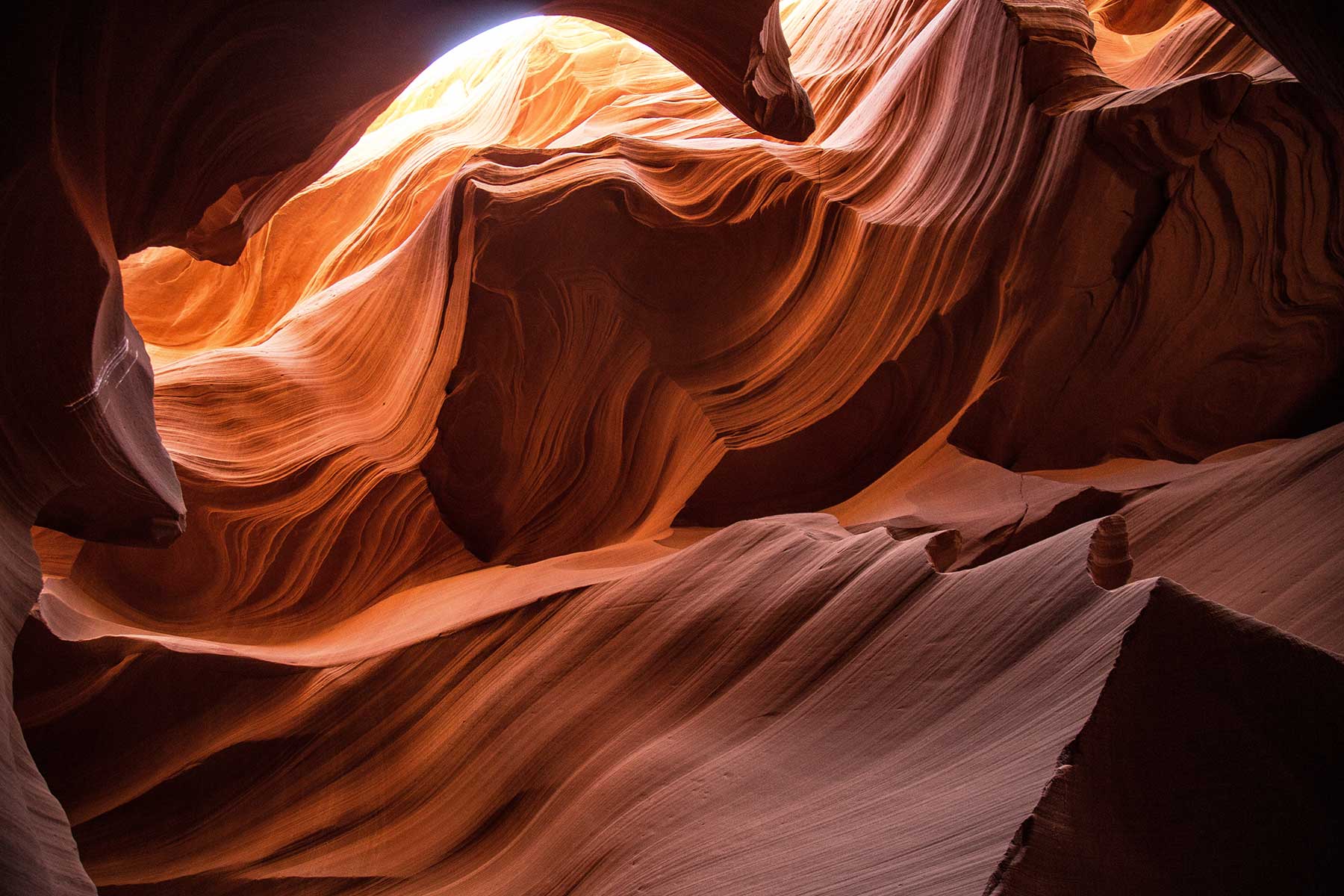UGA 51:01 - The Holocene Great Salt Lake and Pleistocene Lake Bonneville System: Conserving our Geoheritage for Future Generations
The modern (Holocene-age) Great Salt Lake (GSL) and Pleistocene Lake Bonneville of the Bonneville Basin (BB) together make a geosite (GSL-BB system) of exceptional scientific, cultural, aesthetic, and societal value. GSL is the largest saline lake in the Western Hemisphere and a sensitive recorder of climate. For millennia, this distinctive salty water body has been a dynamic and complex natural ecosystem, including an important waterway for birds and other wildlife and an archive of environmental change and history. Lake Bonneville is a seminal part of the history of science in the United States through the work of G.K. Gilbert, who in the 1870s and 1880s developed both critical scientific concepts (e.g., isostasy) and methods (e.g., multiple working hypotheses), which are still employed today. GSL is a major tourist attraction, an economic driver, and a place of scientific exploration. Yet today, the GSL is in grave danger of near total desiccation due to a combination of factors: human removal of waters that would normally replenish the lake, climate change, and other environmental pressures. Over the past few decades there has been a growing international movement to recognize and respect our geoheritage, by raising visibility and protection of high-priority geosites. The GSLBB system is a geoheritage site that urgently needs our protection.
Cart
Your cart is empty





